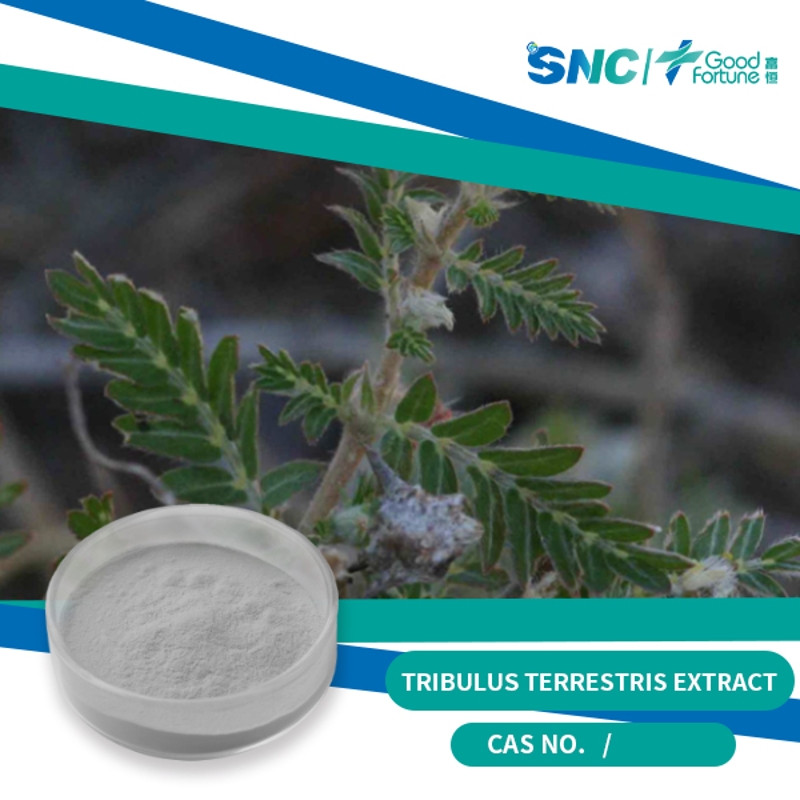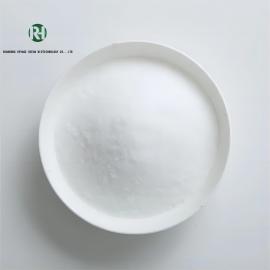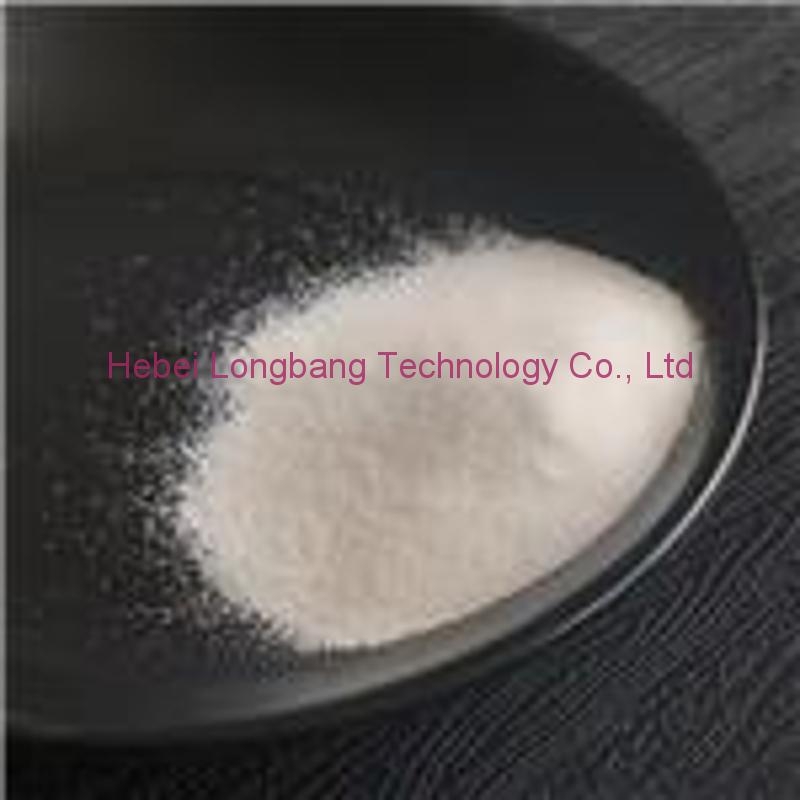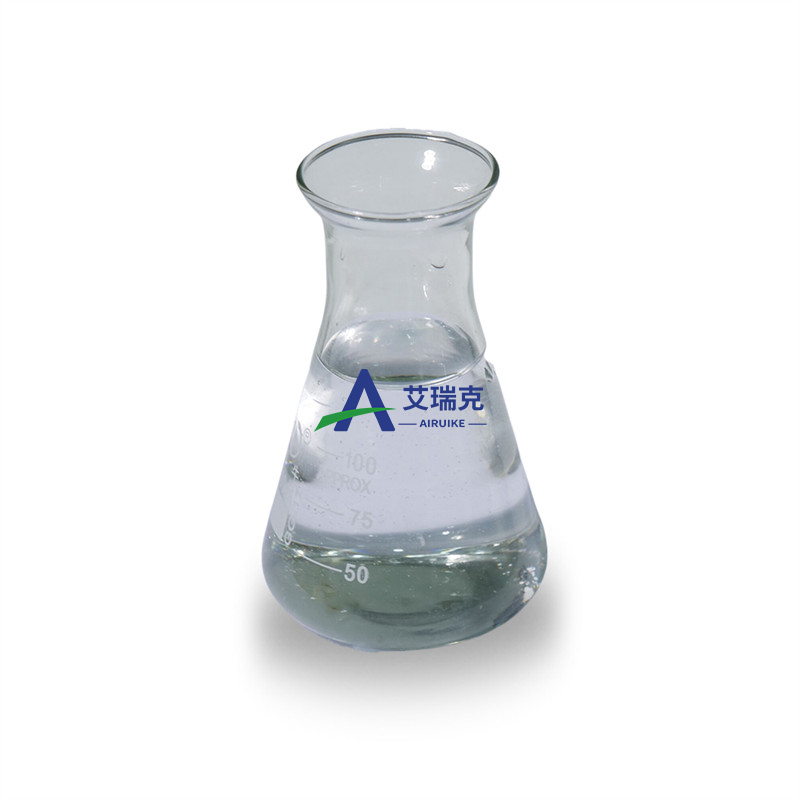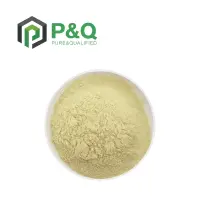Cosmetic Ingredient
- • Abrasive (124)
- • Absorbent (84)
- • Anticaking (66)
- • Anticorrosive (25)
- • Antifoaming (19)
- • Antimicrobials (290)
- • Antioxidant Ingredient (393)
- • Antiperspirant (20)
- • Antiplaque (48)
- • Anti-seborrheic (38)
- • Anti-sebum (39)
- • Antistatic (458)
- • Astringent (162)
- • Binding Agent (172)
- • Bleaching Agent (53)
- • Buffering (191)
- • Bulking (109)
- • Chelating (122)
- • Cleansing (679)
- • Cosmetic Colorant (212)
- • Cosmetic Preservative (158)
- • Denaturant (45)
- • Deodorant (98)
- • Depilatory (27)
- • Dissolving Agent (298)
- • Emollient (795)
- • Emulsifying Agent (480)
- • Emulsion Stabilising (154)
- • Exfoliating (19)
- • Film Forming (299)
- • Flavouring (72)
- • Foam Boosting (161)
- • Foaming (101)
- • Fragrance Ingredient (726)
- • Gel Forming (19)
- • Hair Conditioning (670)
- • Hair Dyeing (363)
- • Hair Fixing (36)
- • Hair Waving or Straightening (45)
- • Humectant (282)
- • Hydrotrope (92)
- • Keratolytic (20)
- • Light Stabilizer (80)
- • Moisturising Agent (50)
- • Nail Conditioning (42)
- • Occlusive (20)
- • Opacifying (119)
- • Oral Care (123)
- • Oxidising (19)
- • Perfuming (2105)
- • Plasticiser (98)
- • Propellant (19)
- • Reducing (50)
- • Refatting (12)
- • Refreshing (26)
- • Skin Cleansing (388)
- • Skin Conditioning (1751)
- • Skin Humectant (21)
- • Skin Protecting (282)
- • Smoothing (31)
- • Soothing (71)
- • Tonics (155)
- • UV Filter (34)
- • Viscosity Controlling (532)
Chemicals as Skincare Ingredients
Related News
-
Price Surge Alert as Major Suppliers Increase Barium Sulfate Costs by 200 Yuan per Ton
2025-03-20 -
Shell Considers Partnering with the U.S. and Closing European Chemical Assets
2025-03-26 -
Quaker Houghton Acquires Dipsol Chemicals, Strengthening Advanced Solutions Portfolio
2025-03-27 -
AstraZeneca to Invest $2.5 Billion to Establish Global Drug R&D Center in Beijing
2025-03-25 -
Saudi Aramco CEO: Invest in downstream projects in China's energy, chemical and other fields
2025-03-28 -
Dow's Silicones Downstream Expansion Project in Zhangjiagang Launches and Drives Market Innovation
2025-03-21
Skin Protecting
Talc (Mg3H2(SiO3)4)
(14807-96-6)-
Cosmetics Grade / 90%
-
Cosmetics Grade / 99%
-
Cosmetics Grade / 60%
-
Cosmetics Grade / 99%
Request for quotation , get quotes from more suppliers.
Tea extract
(84650-60-2)-
Cosmetics Grade / 99%
-
- / 40%
-
Food Grade / 99%
-
Food Grade / 99%
Request for quotation , get quotes from more suppliers.
-
pharmaceutical grade/food grade / 99%
-
Food Grade / 99%
-
-
Food Grade / 99%
Request for quotation , get quotes from more suppliers.
Terbium trichloride hexahydrate
(13798-24-8)-
- / 99.00%
-
Chemical Grade / 99%
-
Industrial Grade / 99%
-
![Terbium(III) chloride hexahydrate buy Terbium(III) chloride hexahydrate]()
Industrial Grade / 99.0%
Request for quotation , get quotes from more suppliers.
-
- / 99%
-
![VITAMIN E NICOTINATE buy VITAMIN E NICOTINATE]()
Industrial Grade / 99%
-
![VITAMIN E NICOTINATE buy VITAMIN E NICOTINATE]()
Industrial Grade / 99%
-
![Alpha-Tocophenyl nicotinate buy Alpha-Tocophenyl nicotinate]()
Different Grade / 99.9%
$0.1/KG EXW
Request for quotation , get quotes from more suppliers.
Source Skin Protecting Products Supply
Timosaponin A III
(41059-79-4)-
Industrial Grade / 99%
-
![timosaponin A-III buy timosaponin A-III]()
Industrial Grade / 99%
-
![Timosaponin A-III buy Timosaponin A-III]()
-
![Timosaponin A-III buy Timosaponin A-III]()
Request for quotation , get quotes from more suppliers.
Tulipalin A
(547-65-9)-
- / 99.00%
-
Chemical Grade / 95%
-
-
Pharmacy Grade / 0%
Request for quotation , get quotes from more suppliers.
-
![Terbium chloride buy Terbium chloride]()
-
![Terbium(III) chloride buy Terbium(III) chloride]()
Industrial Grade / 99.0%
-
![TERBIUM CHLORIDE buy TERBIUM CHLORIDE]()
-
![TERBIUM CHLORIDE buy TERBIUM CHLORIDE]()
Industrial Grade / 99%
Request for quotation , get quotes from more suppliers.
Tricin
(520-32-1)-
- / 99.00%
-
-
Chemical Grade / 99%
-
![Tricin buy Tricin]()
Industrial Grade / 99%
Request for quotation , get quotes from more suppliers.
-
![Tamarindus,ext. buy Tamarindus,ext.]()
IndustrialGrade / 99.00%
-
![Tamarindus Indica extract buy Tamarindus Indica extract]()
-
![Tamarindus, ext. buy Tamarindus, ext.]()
- / 0.99%
-
Request for quotation , get quotes from more suppliers.
More Information
The skin, covering the surface of our entire body, protects various tissues and organs in the body from physical, mechanical, chemical and pathogenic microorganisms. The first and foremost condition for the skin to remain healthy is actually for the skin to be in a proper moisture retention range, which is the most basic condition for maintaining normal physiological functions of the skin.
To fend off external substances, our skin has developed a soft yet highly compact outer layer called the stratum corneum. This acts as a robust barrier against invading agents. Additionally, our skin boasts a resilient immune system and a protective microbial barrier to ward off harmful microorganisms. To shield against UV rays, which can lead to genetic damage and mutations, our skin has evolved melanin as a defense mechanism.
Common Skin Problems:
•Dryness
•Sagging skin
•Fine lines
•Acne
















